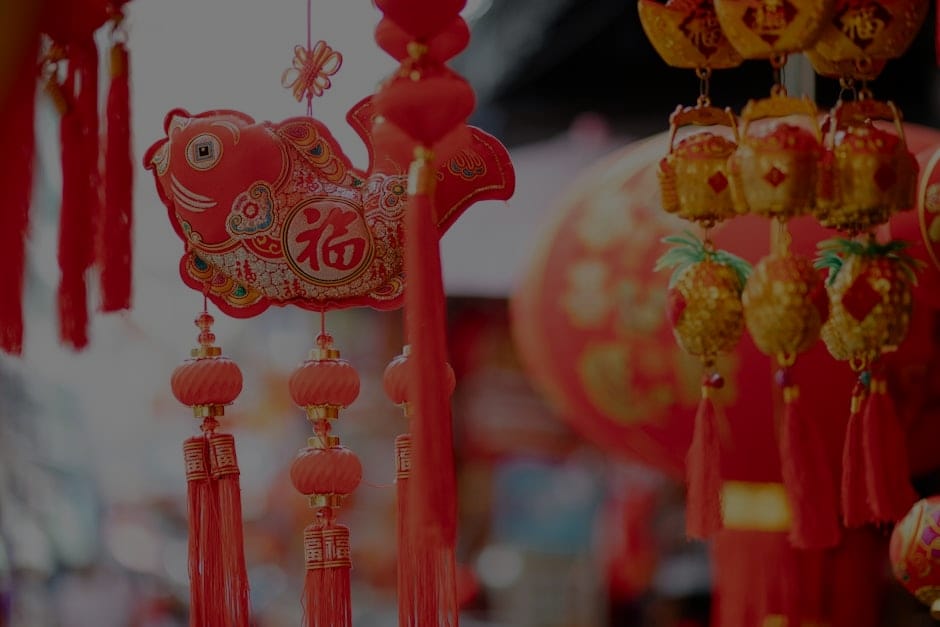**Essential Feng Shui Ornaments for Beginners: What You Need to Know**
Discover the transformative power of feng shui ornaments. This guide introduces essential pieces for beginners, helping you create harmony and balance in your living space.
Understanding Feng Shui: The Art of Energy Flow
Feng shui is more than just decoration; it’s a holistic practice aimed at harmonizing individuals with their environment. Originating from ancient Chinese philosophy, it emphasizes the importance of energy, or “chi,” flowing freely throughout your space. By incorporating feng shui ornaments, you can enhance this energy, promoting well-being and prosperity. Beginners often feel overwhelmed, but understanding the core principles can simplify the process and make it more enjoyable.
Choosing the Right Ornaments: Key Pieces for Beginners
As a beginner, focus on a few essential feng shui ornaments that can significantly impact your space. The most popular items include the laughing Buddha, which symbolizes happiness and abundance, and the dragon, representing strength and protection. Other important pieces are wind chimes, which promote positive energy flow, and crystals, known for their healing properties. Selecting the right ornaments is crucial, as each piece carries unique energies that can either enhance or disrupt your space’s balance.
Placement Matters: Strategic Positioning of Ornaments
The placement of feng shui ornaments is just as important as the items themselves. For instance, placing a laughing Buddha in the wealth corner of your home can attract prosperity. Similarly, wind chimes should be hung in areas where energy stagnates to encourage movement. Crystals can be placed in specific areas to enhance their properties, such as rose quartz in the relationship corner to promote love and harmony. Understanding the Bagua map, a tool used in feng shui, can help beginners identify the best locations for their ornaments.
Color and Material: Enhancing Energies with the Right Choices
Colors and materials play a significant role in feng shui, as each has its own energy and symbolism. For example, red is associated with luck and prosperity, while blue promotes tranquility and healing. Opt for materials that resonate with your intentions; wood symbolizes growth, metal represents clarity, and water promotes flow. By thoughtfully selecting colors and materials, you can create a space that not only looks good but also feels harmonious and inviting.
Common Mistakes: What to Avoid as a Beginner
Many beginners fall into common traps when starting their feng shui journey. One mistake is overcrowding spaces with too many ornaments, which can create chaos rather than harmony. Another pitfall is neglecting the importance of maintenance; dust and clutter can block positive energy flow. It’s essential to regularly assess your space and remove items that no longer serve you. By avoiding these mistakes, you can ensure that your feng shui practice is effective and rewarding.
Embracing the Journey: Personal Growth through Feng Shui
Feng shui is not just about arranging ornaments; it’s a journey of personal growth and self-discovery. As you learn to create a balanced environment, you’ll find yourself more attuned to your needs and desires. This practice encourages mindfulness and intentionality, helping you cultivate a space that truly reflects who you are. Embrace the process, and allow your surroundings to inspire and uplift you.
In conclusion, feng shui ornaments are essential tools for beginners looking to enhance their living spaces. By understanding the art of energy flow, choosing the right pieces, and placing them thoughtfully, you can create a harmonious environment that promotes well-being and prosperity. Remember to consider color and material, avoid common mistakes, and embrace the journey of personal growth through feng shui. With these insights, you’re well on your way to transforming your space into a sanctuary of balance and positivity.










